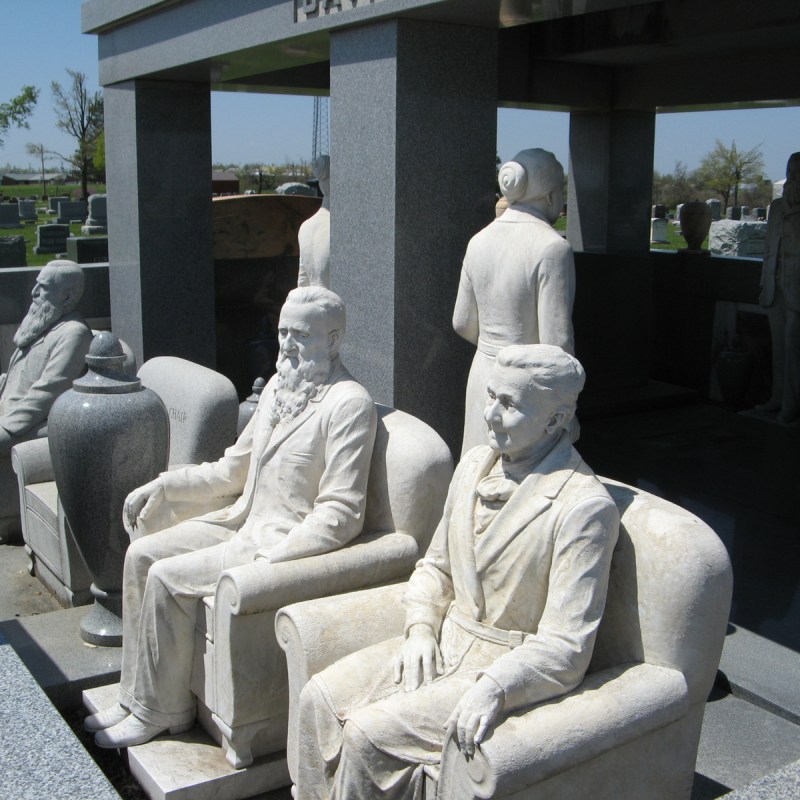
California is home to 9 national parks and 280 state parks. It could take a lifetime to explore all the natural wonders protected in the Golden State’s portfolio of parks. Some of the most beautiful and lesser known state parks are those in Central California. This part of the state is home to white sand beaches, waterfalls, elephant seals, and redwood forests. Make a weekend of it to allow plenty of time in the great outdoors. And whether you want to camp or seek out luxury accommodations, there’s something for everyone. So set aside the time to go wandering through these scenic parks.
Videos by TravelAwaits

1. Julia Pfeiffer Burns State Park
Named for Julia Pfeiffer Burns, a well-respected pioneer woman of Big Sur, this park stretches from the coastline into the nearby 3,000-foot ridges. Here you’ll find forests filled with redwood trees that often reach heights of 200 feet.
But what this park is really known for is McWay Falls, a slender 80-foot waterfall that pours onto the sandy beach below. The secluded cove where the falls are located does not allow access for visitors, but there are trails that lead to viewpoints. McWay Falls Overlook Trail is a short quarter-mile jaunt that leads to a spot high above the falls. Photography enthusiasts will definitely want to come around sunset for really great pictures.
A few other hiking trails are offered, ranging in length from one to 3 miles. Hike-in-only camping is available and advanced reservations are required.

2. Garrapata State Park
Also located in Big Sur, at its northern tip, Garrapata State Park is a hidden gem, unknown to most California visitors. Here you’ll find hiking trails that provide access to both the beautiful coastline and the breathtaking Santa Lucia Mountains.
A popular trail in this park is the 1.25-mile out-and-back Soberanes Canyon Trail. Along the way, you’ll see redwoods, wildflowers, a babbling brook, and excellent views of the Pacific Ocean. But if you’re not feeling like a hike, feel free to relax on the beach instead. Keep an eye out for seals, sea lions, and sea otters. If you’re here December through April you may even see gray whales during their annual migration.

3. Point Lobos State Natural Reserve
Point Lobos State Natural Reserve combines a wealth of onshore and offshore resources, making it among the most popular parks in the state. On land, you’ll see headlands, coves, and rolling meadows. Offshore is one of the richest underwater habitats in the world.

Scuba and free divers will want to explore the 70-foot kelp forest along with the abundant marine life including lingcod, rockfish, harbor seals, and sea otters. In fact, the water portion of this reserve is eighteen times the size of the land portion. Diving permits are required with a limited number available each day.

With over a dozen trails in the park, hiking is a great way to experience Point Lobos. Most trails are under a mile but can be connected to create a longer trek. North Shore Trail is a relatively easy 2-mile hike that offers views of secluded coves. If you’re visiting in the spring try Bird Island Trail which passes China Cove, the spot where mother seals nurse their pups.
Pro Tip: Be sure to download these two free apps before your visit; Dive Into Point Lobos and Discover Point Lobos. Both provide a wealth of information about this impressive park.

4. Hearst San Simeon State Park
Among the highlights of visiting Hearst San Simeon State Park is the opportunity to view northern elephant seals at the Elephant Seal Boardwalk. These massive creatures can weigh up to 5,000 pounds and reach a length of 12 feet. While they can be seen anytime of the year, the numbers are greatest during January, April, and October. Take advantage of the docents on sight to answer any of your questions about the seals.
The 3.3-mile San Simeon Trail runs through the park offering several scenic overlooks of the Pacific Ocean along with interpretive signage about the area’s flora and fauna. If you’re traveling with your dog, feel free to bring them along on this trail provided they are on a leash.
There are two campgrounds in the park. The San Simeon Campground allows for tents and recreational vehicles. Washburn Campground, located 1 mile inland, is available for primitive camping only.

5. Morro Bay State Park
Morro Bay State Park is well-known for its hiking and mountain biking trails and is frequented by locals wanting a great workout. Hiking trails range in length from .5 to 5 miles and vary in difficulty from easy to difficult. There are also accessible trails if you’re traveling with anyone with limited mobility. For a panoramic view of Morro Bay try the 3-mile Black Hill Trail.
Several trails permit mountain bikers in addition to hikers. Trail lengths are rather short but can be extended by connecting with those outside the park’s boundaries. The Black Hill Trail is also popular with cyclists.
Thanks to its location on a lagoon, Morro Bay is also an ideal place for sailing, fishing, and bird watching. Birders will definitely love this park that’s home to 240 species including brown pelicans, great and snowy egrets, red-shouldered hawks, and great-horned owls,

6. Montana De Oro State Park
Just nine miles south of Morro Bay is Montana De Oro State Park, known for its impressive gold wildflower display each spring. With rugged cliffs, coastal plains, streams, canyons, and hills, this is a hikers’ paradise. The 3.4-mile Bluff Trail skirts the coastline, bluffs, and tide pools. But if you’re looking for a real challenge, try the 4.5-mile Valencia Peak Trail. After climbing 1,275 feet you’ll be rewarded with 360-degree views of the region.
Located within the park is Hazard Canyon Reef, one of the best tide pooling spots in California. Visit at low tide to see creatures like sea anemones, urchins, sea stars, and crabs in abundance.
One of the unusual features of Montana De Oro is the availability of equestrian camping spots. Hazard Canyon Equine Campground offers 40 spots that require a horse for their use. All campgrounds in this park are very popular and advanced reservations are required.
As national parks throughout the United States experience record attendance, many of our state parks remain underutilized and relatively unknown. California has an impressive collection of parks protecting sensitive ecosystems and wildlife. And in Central California, these parks offer access to quiet beaches and coves and unparalleled views of the Pacific Ocean. Take some time to explore these hidden gems in the Golden State.
California has a plethora of national and state parks — a boon to hiking and camping enthusiasts:
